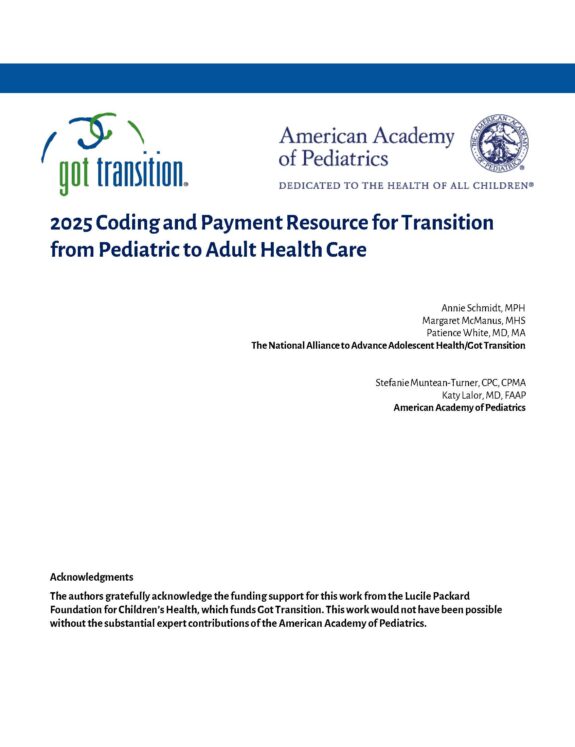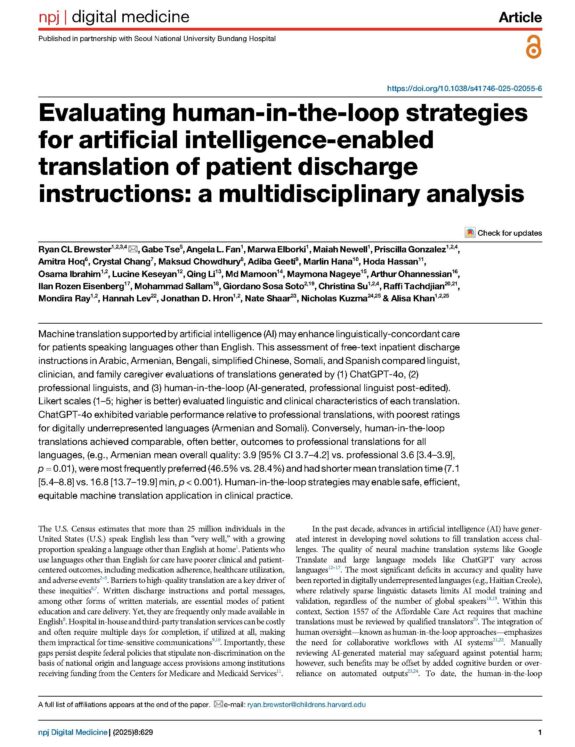Stanford Center Analyzes California Children’s Services (CCS) Data to Help Improve Quality, Efficiency of Care
National and state reforms to health-care delivery – largely designed to improve care for older Americans – may inadvertently exacerbate health disparities for the youngest Americans. Nowhere is this danger greater than for children with complex health conditions who live at or near poverty.
California Children’s Services (CCS), designed specifically to provide high-quality subspecialty care and care coordination for these children, uses federal funding from public health insurance (Medicaid, CHIP) and supplemental health funding (Title V of the Social Security Act) to serve more than 150,000 children in California who fit these criteria.
At the Stanford Center for Policy Outcomes and Prevention, we are committed to providing rigorous and transparent analysis of the CCS program, to help guide policymakers, clinicians and families in their efforts to continue to improve the quality and efficiency of care for this vulnerable population. We are pursuing this research in collaboration with the California CCS program, as well as other statewide stakeholders. Using CCS administrative databases, we have already uncovered patterns of variability in program enrollment, health-care use, and health-care costs – all of which have been shared with program leaders and continue to inform their programmatic decisions.
In addition to the enrollment data made available publicly through kidsdata.org, we are continuing to work with our statewide partners to explore other, more detailed analyses, in order to answer more specific questions. These include: What are the unique patterns of care use by the few children (10 percent) in whom CCS invests the majority of its funding? What is the differential burden of congenital and acquired chronic illness to the state’s health care system? What do these patterns tell us about opportunities to improve the quality of delivery of care? What do they tell us about opportunities to improve the value or efficiency of care? Are there significant variations in the use of care by children with specific diagnoses for which there are established national quality indicators?
We hope to provide answers to these questions soon. Please contact us at leesanders@stanford.edu with any questions or recommendations for this research. Our goal is to maintain its clinical and policy relevance for real-world action.



